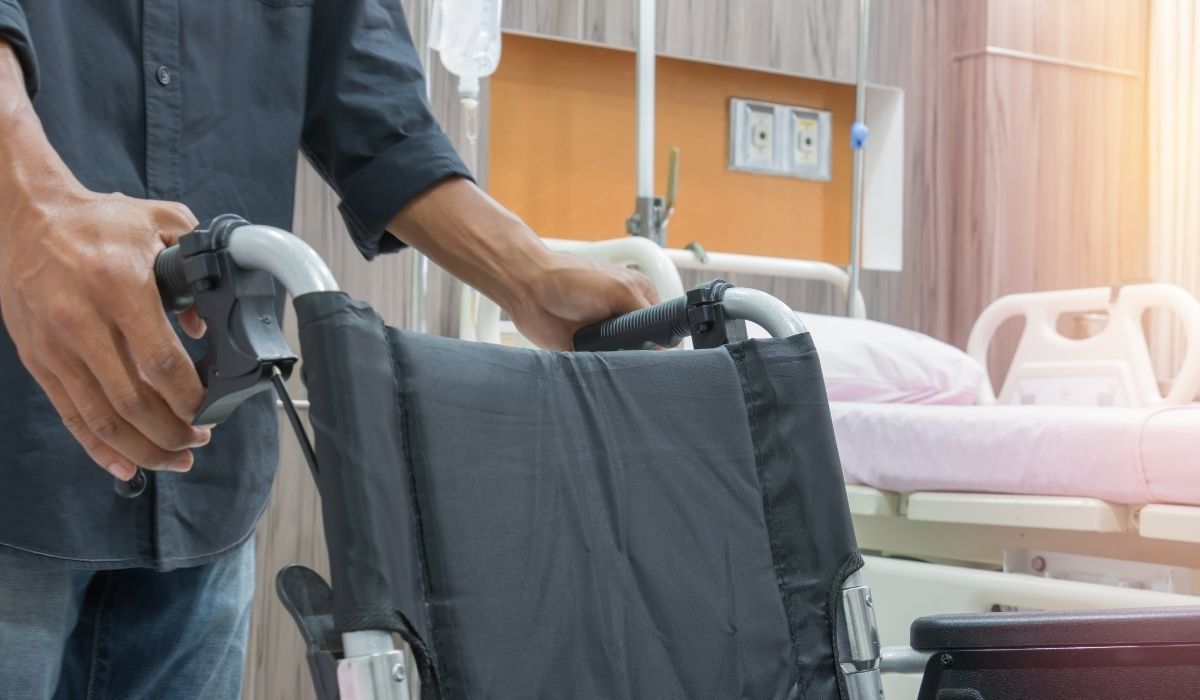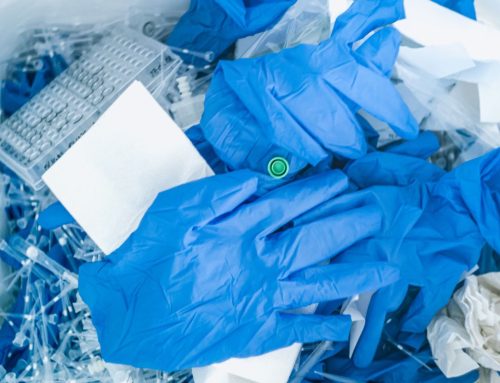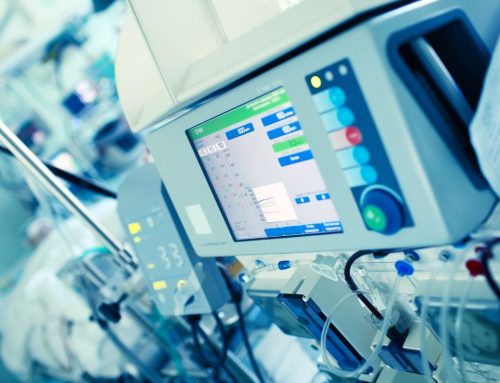The global healthcare industry is continually stepping up to meet new challenges, including those presented by the ongoing coronavirus threat. Organizations delivering clinical services, pharmaceutical product manufacturers, dental, and vision practitioners are all subject to strict rules and regulations governing the products and materials they use.
Powder-coated products are becoming increasingly popular because the process can be applied to a range of materials. Here’s how powder-coating is transforming the healthcare industry.
Powder-Coating Processes
Powder coating is a dry finishing process that results in a metal part getting a protective, functional outer layer. There are two ways of achieving the results:
Fluidized Bed Coating
During this process, the metal is first heated, then dipped into a fluidized bed that contains a polymer resin combined with an additive and ground down to a powder form.
Electrostatic Spraying Process
This method uses a spray gun to apply the powder to the heated part while moving it down a production line.
Both methods then require heat curing followed by a cooling period to result in the creation of high-density molecular chains that are tough and resistant to breakdown.
Powder-Coating’s Rise in Healthcare
Antimicrobial powder-coating is routinely used in healthcare to create rust- and corrosion-resistant external surfaces for galvanized steel and aluminum equipment. This category includes hospital beds, wheelchairs, handrails and lifts, medicine carts, surgical equipment trolleys, and other items that might come in contact with patients.
Since the start of the pandemic, the need has increased for powder-coating in medical environments to combat viral transmissability. The prevalence of other hospital-borne diseases such as C-Diff, E. Coli, MRSA, and staph drives high demand for sterile, bacteria-resistant surfaces among medical equipment manufacturers.
The process helps to prevent the adherence and growth of bacteria, microbes, and parasites, as well as mildew or mold that can cause medical distress in patients with adverse reactions. Since powder-coated products can also be color-coded, the process offers healthcare additional functionality to use in safety protocols.
Advantages of Powder-Coating in Healthcare Environments
The safety of patients and staff are a top priority for every healthcare facility. Advantages of using powder-coated products in the environment include:
- Reduced contamination risk: Powder-coating using antimicrobial products creates a powerful exterior barrier to prevent pathogens that threaten hospitalized patients.
- Easier cleaning: Powder-coated equipment requires only lightweight cleaning using mild soap and water with a soft cloth. The smooth, antimicrobial surface surrenders both visible and invisible grime and bacteria without difficulty, so cleaning staff have no need to use harsh detergents and labor-intensive methods of sanitization.
- Tougher exterior shell: The hard cured coating reduces the risk of cracks or chips and prevents damage to equipment. This benefit extends the products’ lifespan and maintains their germ-free seal for longer.
- Reduces replacement and repair costs: The high costs of medically approved equipment and supplies make maintenance an essential activity for all healthcare institutions. The rugged, protective outer layer offered by powder-coating enables better maintenance options and helps organizations reduce costs associated with replacement and repair.
The future of healthcare includes massive spending that is expected to reach $11.8 trillion over the next decade, according to a recent Deloitte study. One of the trends driving this increase is the need to improve the quality of equipment, and powder-coating is an obvious choice for achieving this.
For more information on powder-coating of medical equipment to ensure longevity, cost savings, and bacteria-resistant compliance, please contact us at 810.376.2085.



